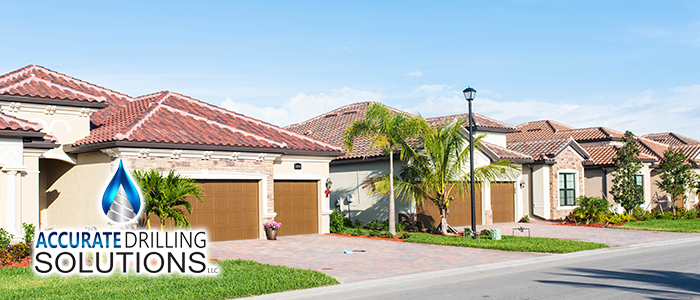
Basics of Water Well Safety
Water sourced from private home wells can be a clean, wonderful source of drinking water. These well systems provide naturally sourced water free of chemical additives. However, wells are vulnerable to contamination from many sources. Keeping your family safe as they use the water of your well is your responsibility. Unfortunately, there is no government oversight of the quality of well water safety. This means you have to be proactive and monitor the quality of your well’s water.
How can you be sure your well water is safe, though? One of the most important concepts to get comfortable with is that of regular testing. This article will detail the best practices for keeping your well water safe.
Some Well Water Safety Facts
If you’ve enjoyed your well for a long time without a problem, you should still be careful. This is because contamination can happen rapidly, and a 2013 study found that less than half of well owners have tested their wells in the last year. For the 13 million well owners in America, that’s a lot of untested water.
Just because wells don’t need as much chlorine as city water that doesn’t mean it’s free from contamination. Despite being mostly free of other chemicals, well water has a very high iron content on average. Surface water can also affect how clean your well water is. The Environmental Protection Agency (EPA) advises well owners to determine if their groundwater is at risk from surface water. Generally speaking, things that happen on the surface can affect your well. For example, if you draw your water from an area industrial runoff passes over, your groundwater may be contaminated.
Livestock, chemical plants, and other activities on the surface can potentially contaminate wells.
Other Sources of Contamination
Weather can have a major impact on your well water. Hurricanes, floods, and other events can bring dirty water into your aquifer. This water can carry things like bacteria and parasites, organic chemicals, nitrates, and more. Heavy metals are another worry, particularly lead. Old houses with wells may still have lead pipes, which can flake off and wind up in your body.
Tips For Well Safety
Many things can contaminate your water, but there are even more ways to keep yourself safe. Before you even build your well, you need to pick a safe location. It has to be elevated and away from septic systems and livestock yards. Once your well is in a good spot, be sure to test it every year.
Pregnant women and children are more vulnerable to low levels of contaminants that might not affect you. This is why you should always disinfect your well if it gets submerged. However, even if it doesn’t go underwater during a heavy rainstorm, contaminants in the soil may still be.
It would be best to keep a supply of purified water sealed up in case of trouble. Sudden changes in water quality – Smell, color, taste, texture – Often indicate contamination. In these cases, you should test your well even if it hasn’t been a full year yet. Lastly, it would help if you remembered that water that isn’t good for you isn’t good for your pets, either.
Let Us Help
Accurate Drilling Solutions takes your water safety seriously. We can help you reduce contaminants in your well, and provide you with clean water and working equipment. If you have any equipment in need of inspection or replacement, give us a call and let us know how we can help. You should also call if you have concerns about the safety of your well water.
continue reading
Related Posts
Water Quality Solutions for Zephyrhills Homeowners For homeowners in Zephyrhills
Wesley Chapel’s Guide to Commercial Pump Installation For businesses and
Lakewood Ranch: Modern Well Systems for New Developments As new





